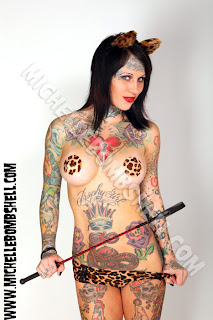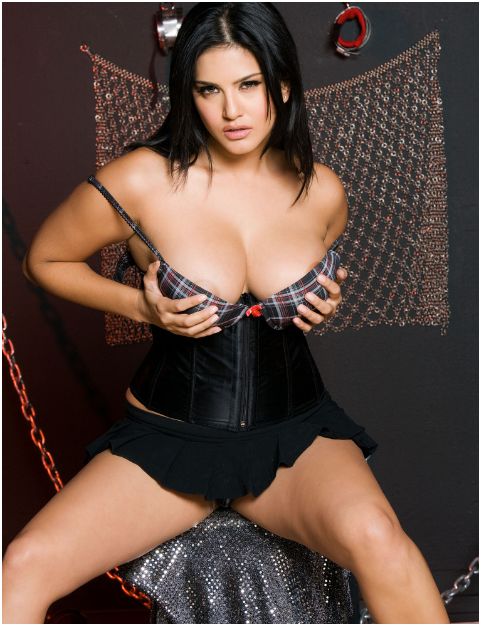 Angelique Chrisafis in Paris
Angelique Chrisafis in ParisThe Guardian,
Tuesday September 9 2008
Rabbit (1986), one of the work lent for the Jeff Koons exhibition at Versailles
It has been deemed the most "turbulent" event of the Paris art season, an invasion of giant lobsters and inflatable rabbits that protesters fear will sully France's most popular chateau. Jeff Koons, the US sculptor and "king of kitsch", is due to unveil some of his most famous works at the Château de Versailles tomorrow, the first time a modern artist has graced the historic rooms and gardens that were the pride of the Sun King, Louis XIV.
It has been deemed the most "turbulent" event of the Paris art season, an invasion of giant lobsters and inflatable rabbits that protesters fear will sully France's most popular chateau. Jeff Koons, the US sculptor and "king of kitsch", is due to unveil some of his most famous works at the Château de Versailles tomorrow, the first time a modern artist has graced the historic rooms and gardens that were the pride of the Sun King, Louis XIV.
But even before the show opens, controversy is raging. Rightwingers wrote to the culture minister, protesting that the "sacred" site of Versailles would be cheapened. Then the French media questioned whether the exhibition at a palace that symbolises the French revolution would benefit a billionaire French collector.
François Pinault, whose business empire includes Gucci and the Christie's auction house, is one of the most influential private collectors in the modern art world. Alongside several other private collectors, he is a key patron of the Koons exhibition, lending six of the 17 works on show, including the giant outdoor flower sculpture Split Rocker.
Le Monde warned of a "possible conflict of interest", saying that Koons's first French exhibition would see the value of the works soar, benefiting their private owners. It pointed out that the chairman of the Château de Versailles, Jean-Jacques Aillagon, used to run Pinault's private art foundation in Venice.
Aillagon, a former French culture minister, told the Guardian last night that Versailles was a "living" monument that made a perfect setting for contemporary art: "Koons is notorious worldwide and so is the chateau." He said all exhibitions affected the art market, not deliberately, but by extension.
"Has this exhibition been programmed to provoke a rise of Jeff Koons' works on the market? Of course not. This exhibition is a cultural act to make a great artist known and to show off the value of our heritage. Has this exhibition been put on to enrich myself? I firmly refute that. This exhibition was a cultural decision alone ... Jeff Koons' works had already reached great heights on the international market, long before Versailles presented them."
He said he was independent and the Pinault family had been patrons of Versailles for several years, part-funding important furniture acquisitions.
Yesterday, the leftwing paper Libération dismissed the conservative protesters as marginal "Catholic monarchists".
Paris is no stranger to rows over modern additions to historic spaces, from Marc Chagall's fresco at the Opéra Garnier to the glass Pyramid at the Louvre - both now hailed as masterpieces.
As Paris struggles to shed its image as a fusty "museum city" and compete with London, Berlin and New York's vibrant modern art scenes, there is a new trend for traditional museums to bring in controversial contemporary work. The Louvre now has a modern art curator and this year took the daring step of showing works by the Belgian artist Jan Fabre alongside masters such as Rubens. The Château de Fontainebleau is following suit.
Koons told Le Figaro he did not want "to be the agent provocateur", but simply to "create an abstraction".
To learn more: http://www.jeffkoonsversailles.com/














